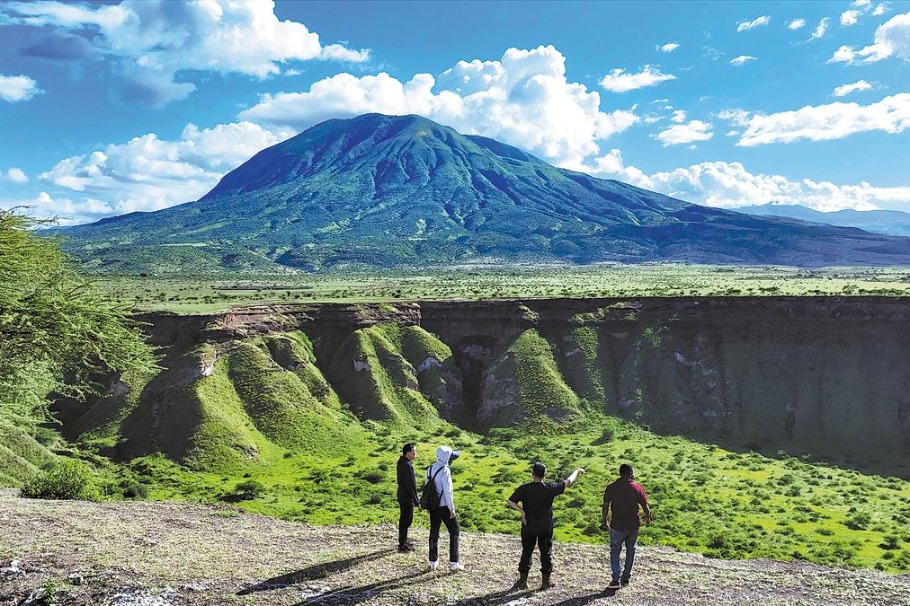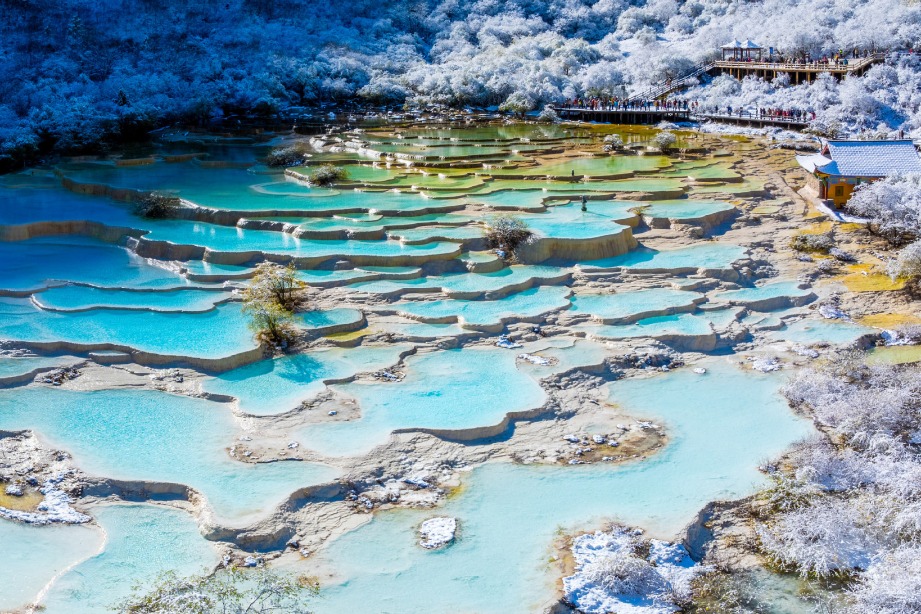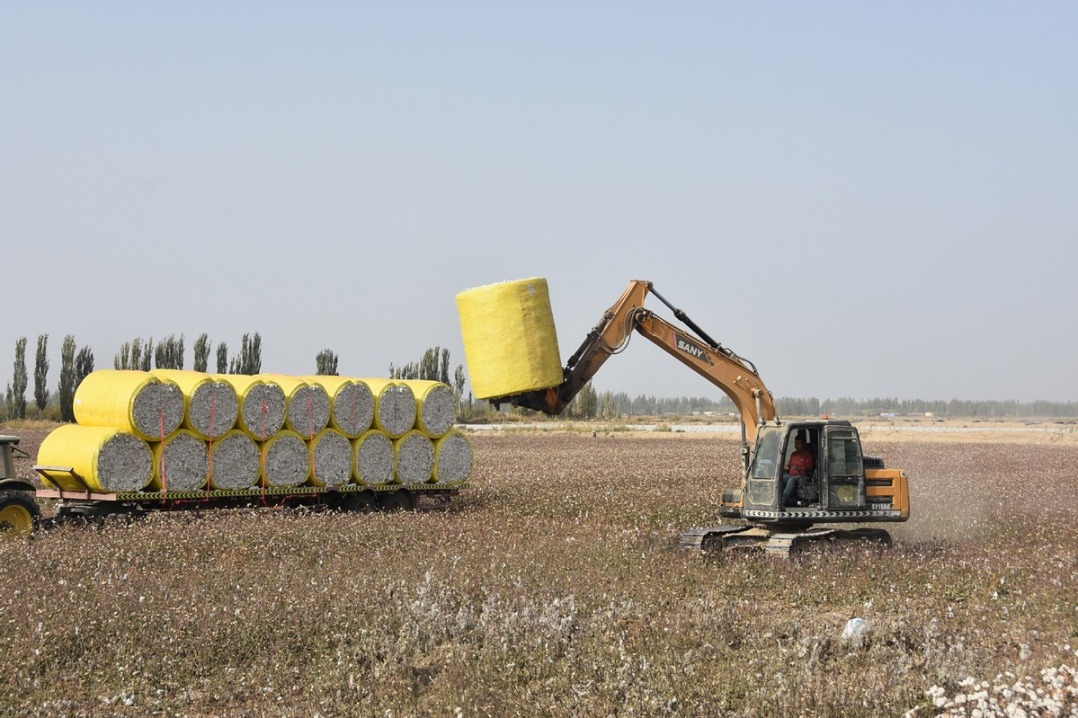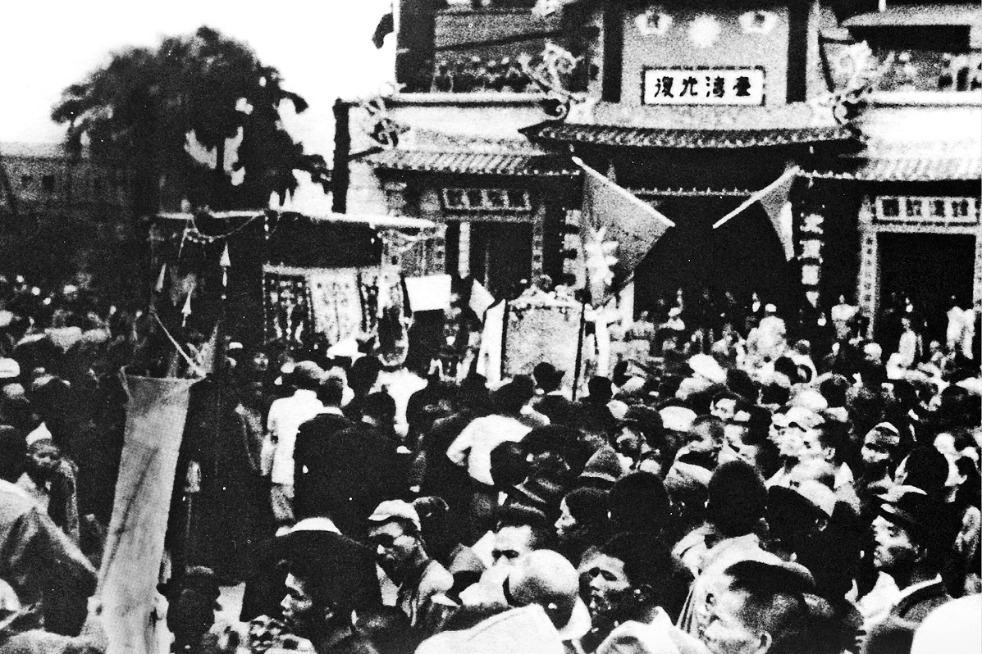Annual Potala Palace makeover kicks off

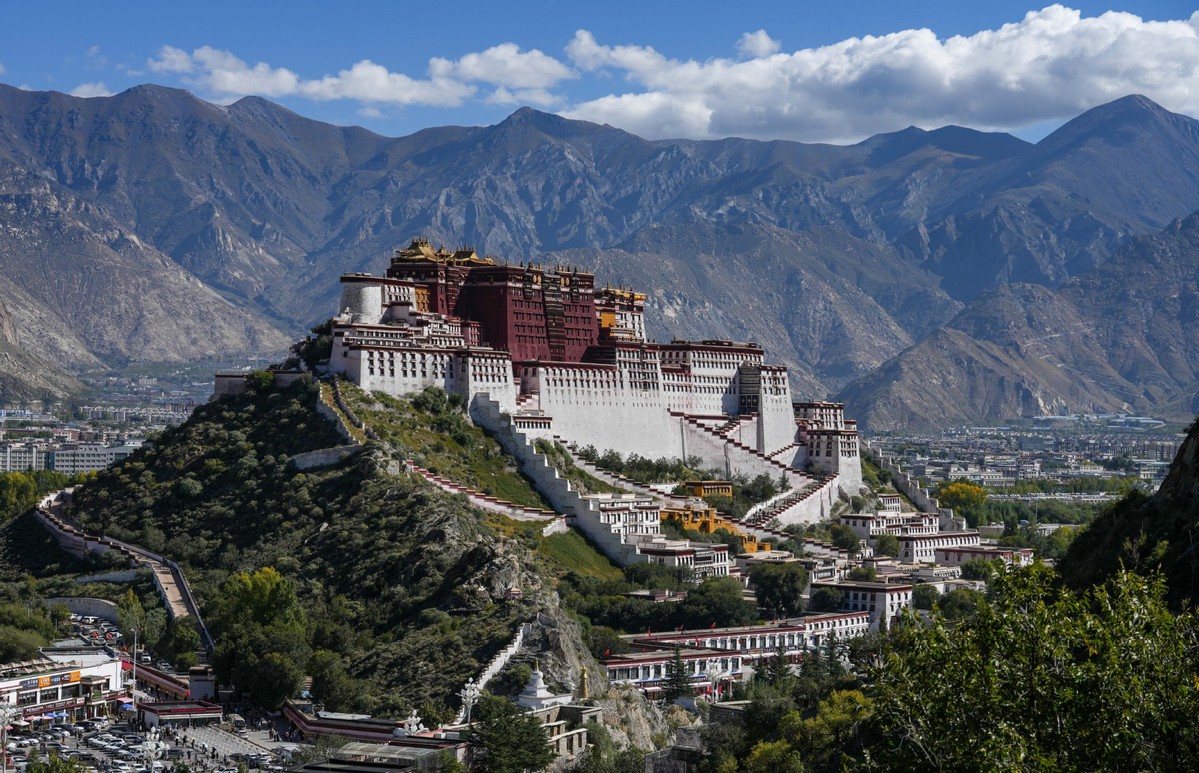
Under the crisp autumn sky of Lhasa, Xizang autonomous region, hundreds of residents have once again gathered at the foot of the Potala Palace — brushes, buckets and spray tools in hand — to give the centuries-old landmark its traditional red, white and yellow makeover.
Among them was Pema Wangyal, a Lhasa resident taking part for the second time.
"The Potala Palace is sacred to us," he said. "It's a great honor to help refresh its walls. Many people line up early to join. It's so crowded on the first day because everyone wants to make their own contribution."
The annual repainting, which began this year on Wednesday to correspond with the start of the ninth month in the Tibetan calendar, is both a communal celebration and an act of preservation. The tradition dates back generations and usually lasts about a week, marking one of Lhasa's most distinctive seasonal rituals.
Each morning, volunteers queue up at paint-mixing stations to prepare and transport the pigment. The special paints — made from lime, milk, honey, sugar, saffron and natural minerals — are splashed or sprayed onto the Potala's massive outer walls. Some volunteers use basins to throw the paint, while others, nicknamed "spider-men", work high up on ropes to reach difficult spots.
Behind the palace in a shaded area, Ngakwang, a longtime participant, directed teams through a walkie-talkie.
"I come every year," he said. "It used to take about half a month to finish the job. Now, with better mixing and spraying equipment and more organized teamwork, it only takes around a week," Ngakwang was quoted as saying by local media.
The project is led by staff from the Potala Palace Management Office, joined by residents from all walks of life who volunteer their time. The repainting not only refreshes the palace's appearance but also protects its ancient walls from weathering and erosion.
"The facelift is more than cosmetic," said Pema Wangyal. "It helps preserve this thousand-year-old structure and the spirit it carries."
First built in the 7th century under Tubo ruler Songtsen Gampo, and largely reconstructed in the 17th century, the Potala Palace remains Xizang's largest and best-preserved palace complex. The palace was listed among the first batch of national key cultural relics protection units in 1961, and was designated a UNESCO World Heritage site in 1994.
Contact the writers at palden_nyima@chinadaily.com.cn

















